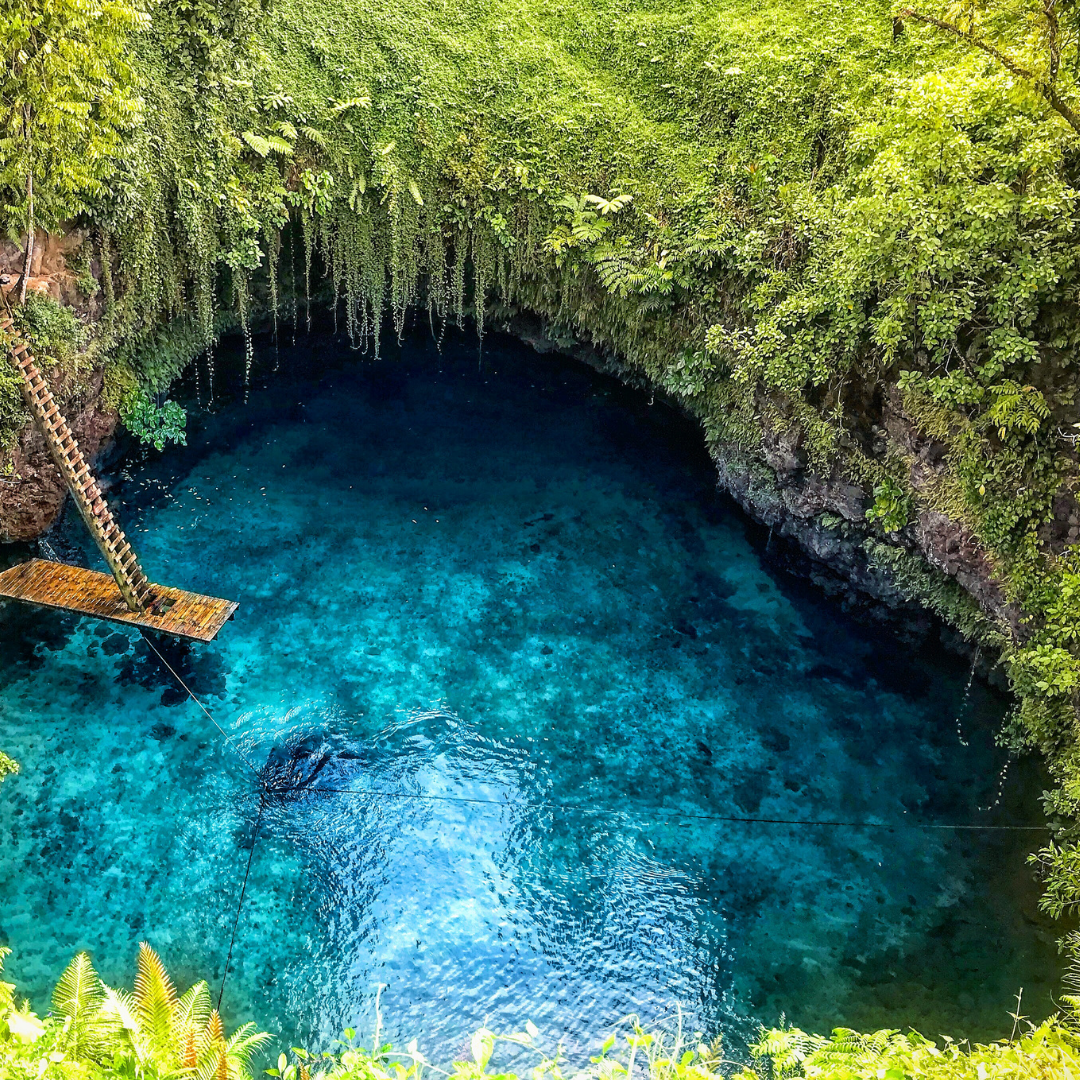Exploring Upolu Island: Sailing to Apia and Beyond

The islands of Samoa are the stuff of dreams, and Upolu is arguably the dreamiest of them all. As the most populated and visited island of Samoa, Upolu effortlessly combines the untouched beauty of nature with the hum of urban life, creating an experience both raw and refined. With azure waters lapping its shores, and a backdrop adorned with waterfalls, lush forests, and ancient landmarks, Upolu is a tropical canvas waiting to be explored. Sailing to its heart, Apia, is not just a journey; it’s an initiation into the soul of the Samoan archipelago.
Apia: The Vibrant Capital of Samo
Apia, more than just the administrative and commercial hub of Samoa, is a blend of the old and the new. Colonial-era buildings, flanked by modern establishments, line its streets. The harbor, alive with the coming and going of boats, tells tales of the island’s maritime heritage. The aroma of local delicacies fills the air, as the bustling Maketi Fou (food market) thrums with activity. From the sacred grounds of the Immaculate Conception of Mary Cathedral to the lively Apia Fish Market, the capital pulsates with the rhythms of everyday Samoan life.
Historical Sites and Landmarks of Apia
A city steeped in history, Apia is home to numerous sites that offer glimpses into Samoa’s past. The iconic Clock Tower, a war memorial from World War I, stands as a silent reminder of the island’s colonial legacy. The Old Apia Market, although replaced by the new Maketi Fou, whispers stories of bygone days. Robert Louis Stevenson’s former home, now the Robert Louis Stevenson Museum, provides an intimate look into the life of the famed author and his deep connection to Samoa.
Natural Wonders: Sopoaga Falls and Piula Cave Pool
Upolu Island is replete with natural treasures, and among the most prominent are the Sopoaga Falls and Piula Cave Pool. Sopoaga Falls, with its roaring cascade, is a testament to nature’s raw power and beauty. Surrounded by verdant rainforest, the waters plunge into a pool, creating an entrancing mist that feeds the lush vegetation. The area is also rich in Samoan cultural heritage with local guides offering insights into traditional uses of various plants and sharing the island’s legends. On the other hand, the Piula Cave Pool presents a different kind of enchantment. Formed from ancient lava tubes, this freshwater pool under a cave is a surreal and tranquil oasis. Visitors can swim in the cool, crystal-clear waters while observing the unique rock formations and feeling the weight of millennia around them. Together, these sites showcase the diverse natural wonders that Upolu proudly boasts.
Upolu’s Coastal Adventures: Beaches and Snorkeling Spots
The beaches of Upolu are paradisiacal stretches of fine sand meeting crystal-clear waters. Lalomanu Beach and Tafatafa Beach beckon sunseekers and swimmers alike. For those eager to explore the underwater world, the coral reefs surrounding Upolu provide vibrant snorkeling spots, teeming with marine life, offering a rainbow-colored spectacle beneath the waves.
The O Le Pupu-Pue National Park: A Green Retrea
Situated on Upolu’s southern coastline, the O Le Pupu-Pue National Park stands as a sanctuary of biodiversity and conservation. Spanning vast expanses, the park is a mosaic of ecosystems, from dense rainforests and coastal shrubs to volcanic landscapes. A trek within its confines reveals hidden waterfalls, panoramic viewpoints, and an array of endemic bird species. With marked trails, visitors can traverse different terrains, each unfolding a new chapter of Upolu’s natural history. The park is not just a testament to Samoa’s commitment to preserving its natural heritage but also offers visitors a serene retreat, a place where one can commune with nature in its purest form.
Local Markets and Culinary Exploration in Upolu
To truly know Samoa, one must taste its flavors, and there’s no better place to start than the local markets of Upolu. These bustling hubs are a sensory overload – from the sight of colorful fruits and vegetables to the aroma of freshly cooked Samoan dishes wafting through the air. The Maketi Fou in Apia, the largest market, is a culinary epicenter. Here, one can savor traditional dishes like ‘Oka’ (a tangy raw fish salad) or ‘Palusami’ (taro leaves cooked with coconut milk). Stalls brimming with fresh seafood, tropical fruits like bananas, coconuts, and papayas invite visitors to indulge in a gastronomic journey. Interspersed are vendors selling traditional Samoan beverages like the ‘ava’ drink, giving a rounded taste of the island’s culinary diversity.
Nightlife and Entertainment: Experiencing Apia After Dar
While the sunsets might signal the end of the day, in Apia, it’s just the beginning of a vibrant nightlife. The capital city, with its blend of traditional and modern entertainment, comes alive as night falls. Bars and clubs play a medley of tunes, from pulsating Samoan rhythms to international hits, drawing both locals and visitors to dance the night away. Traditional ‘fiafia’ nights are a cultural experience where one can witness the passionate ‘siva’ (dance) accompanied by rhythmic beats of ‘pate’ (drums). For those looking for a quieter evening, waterfront establishments offer cocktails with serene sea views. Apia, with its diverse entertainment options, promises a night to remember, encapsulating the spirit of Samoan revelry and celebration.
Sailing to and exploring Upolu is a journey that touches not just the senses but the soul. From the historic lanes of Apia to the untouched corners of O Le Pupu-Pue National Park, Upolu tells stories of its past, its present, and its eternal beauty. It invites travelers to not just witness but participate in its ongoing narrative, ensuring that every visitor carries a piece of Samoa in their heart, long after they’ve sailed away.


